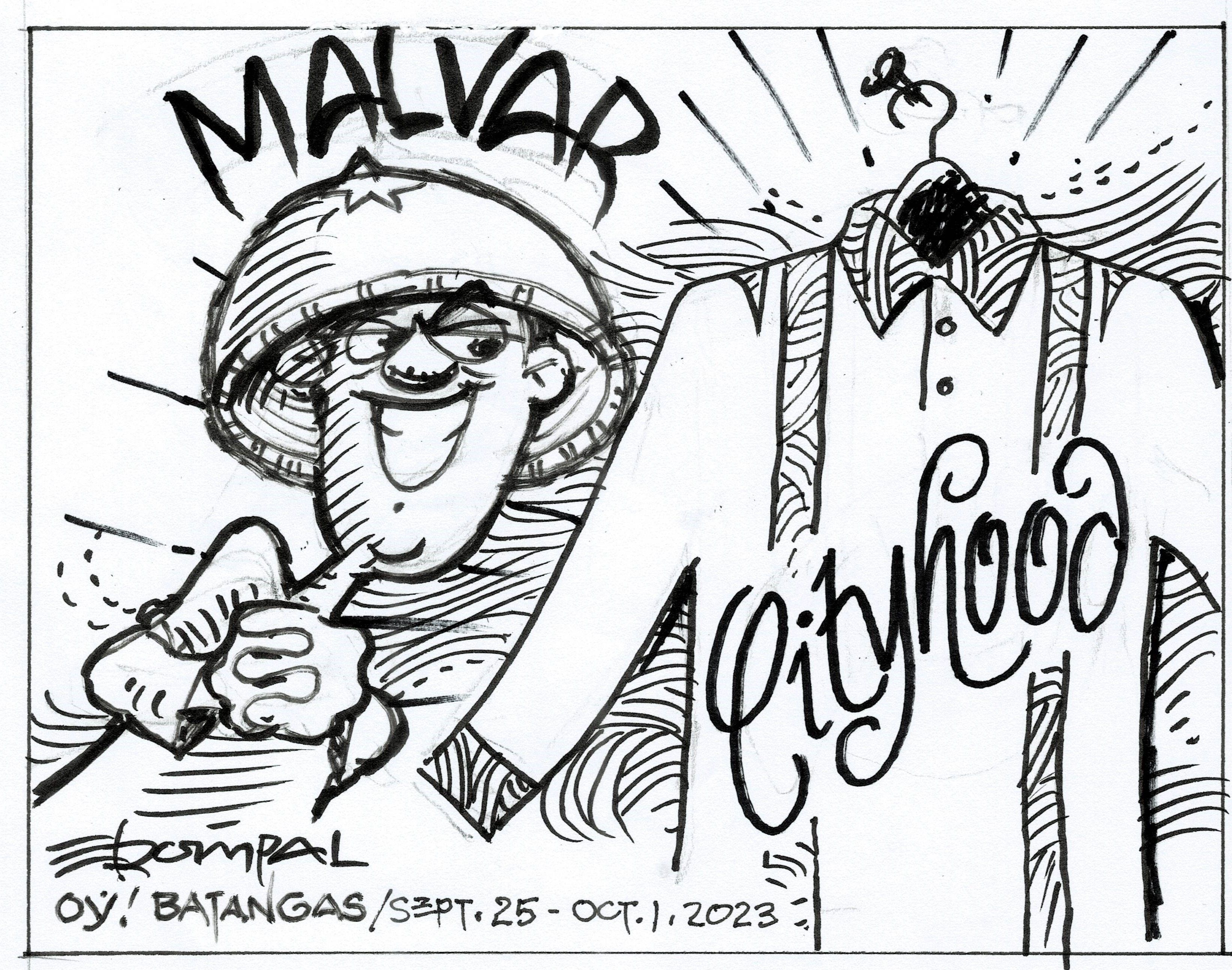The landscape of the Province of Batangas is evolving rapidly, and change is on the horizon.
Malvar, a Second-Class municipality until earlier this year, has set its sights on a new status -- cityhood. As we approach the end of 2023, the transformation of Malvar into a city appears imminent, marking the fifth city within the province.
This bold move raises questions and discussions about the need for cityhood, its advantages, disadvantages, and the immediate plans for this transition.
The classification of municipalities in the Philippines is a matter of population and income. A municipality with over 100,000 residents achieves First-Class City status, while those with populations between 65,000 and less than 100,000 become Second-Class Cities, and those with populations ranging from 30,000 to less than 65,000 are Third-Class Cities.
To ascend to cityhood, a municipality must meet specific criteria, including an average annual income of at least P100 million over two consecutive years, a population of at least 150,000, or a contiguous territory spanning 100 square kilometers.
Malvar, once a Second-Class municipality, successfully took its first step towards cityhood this year by attaining First-Class Municipality status. Nestled 37 kilometers from Batangas City and 68 kilometers south of Manila, Malvar's strategic location positions it within the expanding Metro Manila conurbation, connecting it to neighboring cities like Tanauan, Santo Tomas, Lipa, and Balete.
The decision to pursue cityhood carries significant implications for local governance and revenue generation. The primary revenue sources for local governments in the Philippines include income taxes, sales taxes, and property taxes. Cityhood brings increased budget allocations for the city government, albeit at the cost of potentially higher taxes for residents.
A crucial catalyst for this transition is Republic Act 11683, which came into effect on May 1, 2022, streamlining the process of municipal-to-city conversion. This amendment to the Local Government Code of 1991 relaxes the land and population prerequisites for municipalities seeking city status, provided they generate a minimum of P100 million in revenue for two consecutive years. The law aims to correct disparities in resource distribution and extend the benefits of cityhood to a broader population, thus improving public services and progress.
Former Senator Panfilo Lacson, a driving force behind this law, underscored the importance of ensuring that municipalities capable of delivering essential government facilities and social services are not denied cityhood based solely on factors like territory size or population count.
The advantages of city status are apparent -- greater budget allocation and opportunities for growth. However, the conversion process is no easy feat. It entails passing a bill in Congress, securing presidential approval, and conducting a plebiscite where residents decide whether to embrace or reject cityhood via a plebiscite scheduled by the Comelec.
As we look ahead to the transformation of Malvar into a city, the path is clear, and the stakes are high. Balancing the potential benefits with the responsibilities of city governance will be a formidable task. It is essential that the decision-makers, together with the community, carefully weigh the advantages and disadvantages to ensure a smooth and successful transition. In the end, cityhood is not just about a change in status; it is about the promise of progress and a better quality of life for the people of Malvar, Batangas.
#OpinYonBatangas #Editorial #PathToCityhoodOfMalvar #NoEasyFeat #Malvar #Cityhood #Batangas #OpinYon
